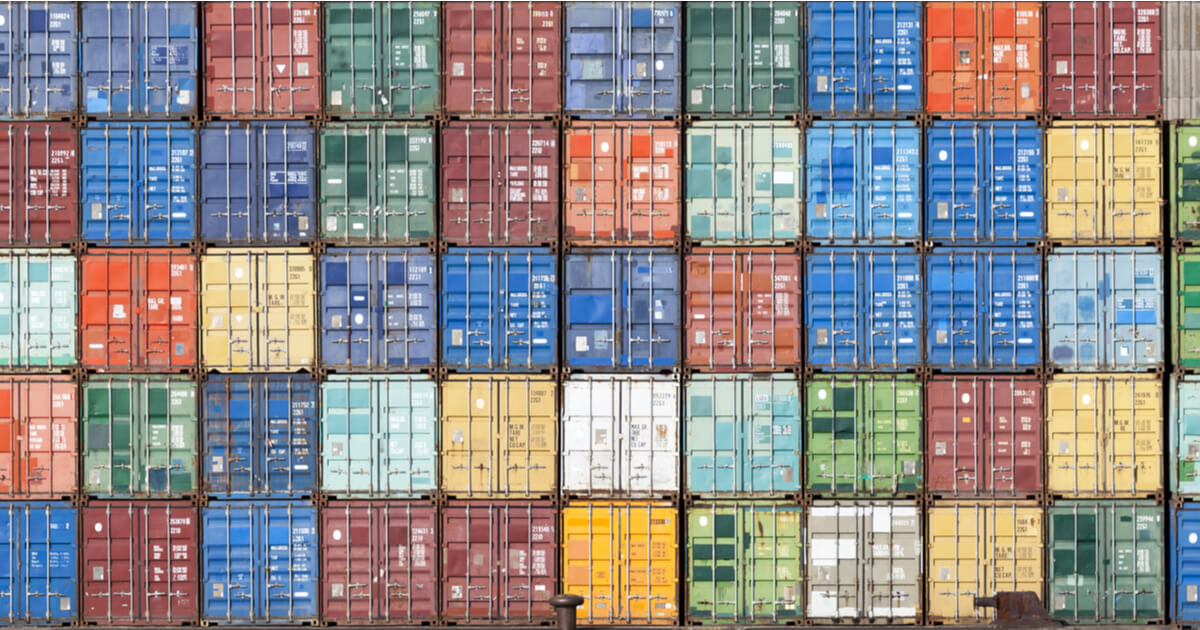
The blistering pace of container imports appears to be in retreat as recent months show a decline.
U.S. imports have edged down for consecutive months after peaking in March and receiving a modest bump in the previous month. May volumes picked up by a nominal 0.6 percent over April’s significant retreat of 3.4 percent. July saw a 2.9 percent drop in container volumes, following a 0.3 percent slip in June. The seemingly steady reductions come after the country experienced record-high import spikes beginning in 2021. Experts largely agree that overall imports will continue to drop.
According to the Global Port Tracker report released by the National Retail Federation and Hackett Associates, consumers are spending less on discretionary products due to high inflation and the Federal Reserve raising interest rates. The Fed announced a rate increase strategy to help cool the overheated economy and curb inflation.
“Consumers are still buying, but the cargo surge we saw during the past two years appears to be slowing down. Cargo volumes are solidly above pre-pandemic levels, but the rate of growth has slowed and even slid into negative numbers compared with unusually high volumes last year,” National Retail Federation Vice President for Supply Chain and Customs Policy Jonathan Gold reportedly stated. “The key now is dealing with ongoing supply chain issues around the globe and with labor negotiations at West Coast ports and freight railroads. Smooth operations at the ports and on the rails is crucial as we enter the busy holiday season.”
Industry insiders predicted a significant year-over-year decline in August as data trickled out. The Global Port Tracker projection hovered at a 4.3 percent reduction. That could prove concerning given the country is heading into the holidays, traditionally the busiest season.
“The number of vessels waiting to dock on the West Coast has been reduced to near-normal. But with the switch of some cargo to the East Coast, congestion and pressure on the ports has shifted to the East Coast,” Hackett Associates founder Ben Hackett reportedly stated.
Not every port has been affected equally during the recent slowdown. Early reporting coming out of the Port of Los Angeles indicates a year-over-year drop of 6 percent. Exports from the West Coast port plummeted by 23 percent. Still, the Port of Los Angeles is holding on to a slim calendar year gain of 0.49 percent through eight months.
Others industry insiders point to supply chain concerns as a reason retailers are not placing orders at a high rate. On the West Coast, the International Longshore and Warehouse Union, as well as the Pacific Maritime Association, are embroiled in contract negotiations. Union-management disputes have resulted in strikes that hamstrung docks and supply chains in the past. Freight railroad workers are also hashing out a five-year deal after working without a contract for two years. Some rail unions are prepared to sign a new contract, while a majority recently pushed for a national strike.
Sources: tradingeconomics.com, supplychainquarterly.com, portoflosangeles.com











Leave a Comment